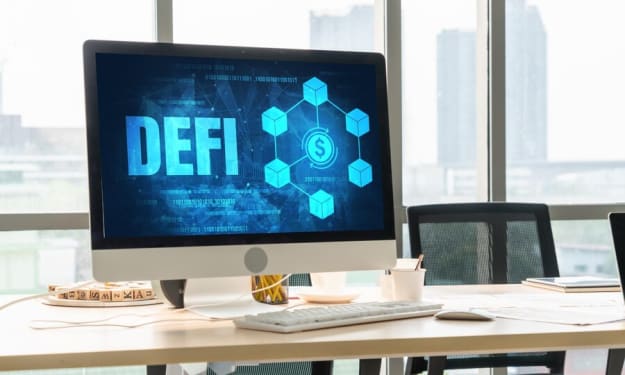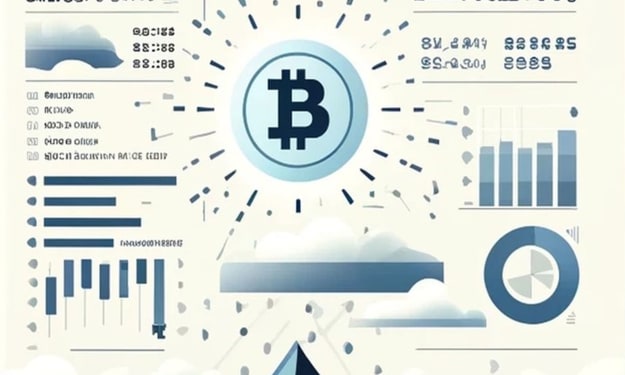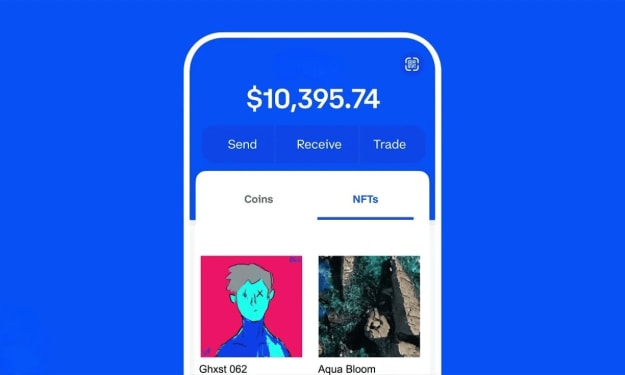Tokenization Platform Development: Revolutionizing Asset Management and Ownership
Building the Future of Finance

In the rapidly evolving landscape of blockchain technology and digital finance, tokenization is emerging as a transformative force, reshaping the way assets are managed, traded, and owned. Tokenization refers to the process of converting physical or digital assets into digital tokens on a blockchain. These tokens represent ownership or a stake in the asset and can be easily traded or transferred. The development of tokenization platforms is at the heart of this revolution, enabling a more efficient, transparent, and accessible financial ecosystem. In this blog, we will explore the intricacies of tokenization platform development, its benefits, challenges, and future potential.
Understanding Tokenization
Before diving into the development aspects, it is crucial to understand what tokenization entails. Tokenization allows for the representation of real-world assets—such as real estate, art, stocks, and even intellectual property—in the form of digital tokens. These tokens are recorded on a blockchain, ensuring immutability, transparency, and security. Each token can represent a fractional ownership in the asset, making it easier to trade and more accessible to a broader audience.
The Benefits of Tokenization
Increased Liquidity: By breaking down high-value assets into smaller, tradable units, tokenization enhances liquidity. Investors can buy and sell fractions of an asset, making it easier to enter and exit investments.
Fractional Ownership: Tokenization allows for fractional ownership, democratizing access to expensive assets like real estate and fine art. This opens up investment opportunities to a wider range of investors.
Transparency and Security: Blockchain’s immutable ledger ensures transparent and secure transactions. Each transaction is recorded and visible to all participants, reducing the risk of fraud.
Efficiency and Speed: Tokenized transactions are processed faster and with fewer intermediaries than traditional methods, reducing costs and increasing efficiency.
Global Accessibility: Tokenized assets can be accessed and traded globally, overcoming geographical limitations and broadening the market.
Key Components of a Tokenization Platform
Developing a tokenization platform involves integrating several key components to ensure its functionality, security, and user-friendliness.
Blockchain Infrastructure: The foundation of any tokenization platform is its underlying blockchain infrastructure. Popular choices include Ethereum, Binance Smart Chain, and Polkadot, each offering different features and benefits. The choice of blockchain impacts the platform’s scalability, security, and transaction costs.
Smart Contracts: Smart contracts are self-executing contracts with the terms directly written into code. They automate and enforce the rules and regulations of the tokenized assets, ensuring compliance and reducing the need for intermediaries.
Development Process
The development of a tokenization platform involves several stages, from initial planning to deployment and ongoing maintenance.
Requirement Analysis: The first step is to analyze the requirements, including the type of assets to be tokenized, target audience, and regulatory considerations. This involves market research and feasibility studies to ensure the viability of the platform.
Design and Architecture: Based on the requirements, the platform’s architecture is designed. This includes choosing the appropriate blockchain, designing smart contracts, and planning the overall system architecture. User flows and wireframes are created to visualize the user journey.
Development: The actual development phase involves coding the smart contracts, building the front-end and back-end components, and integrating the blockchain infrastructure. Developers must ensure that the platform is scalable, secure, and efficient.
Testing: Extensive testing is conducted to identify and fix any bugs or vulnerabilities. This includes functional testing, security testing, and performance testing. Smart contracts are audited to ensure they are error-free and secure.
Deployment: Once testing is complete, the platform is deployed on the mainnet. This involves setting up the necessary infrastructure and ensuring that all components are working seamlessly.
Ongoing Maintenance: Post-deployment, the platform requires continuous maintenance and updates to fix any issues, improve performance, and add new features. This includes monitoring the platform for security threats and ensuring regulatory compliance.
Challenges in Tokenization Platform Development
Despite the numerous benefits, developing a tokenization platform comes with its own set of challenges.
Regulatory Uncertainty: The regulatory landscape for tokenized assets is still evolving. Navigating different regulations across jurisdictions can be complex and time-consuming.
Technical Complexity: Developing a secure and scalable tokenization platform requires a deep understanding of blockchain technology, smart contracts, and cybersecurity. Ensuring seamless integration and interoperability can be challenging.
Market Adoption: Convincing traditional investors and asset holders to adopt tokenization can be difficult. Educating the market and building trust in the technology is essential for widespread adoption.
Security Risks: As with any digital platform, security risks are a major concern. Ensuring the platform is secure against hacks and fraud requires continuous vigilance and investment in robust security measures.
The Future of Tokenization
The future of tokenization is promising, with the potential to revolutionize various industries. Real estate, art, and commodities are just the beginning. As technology advances and regulatory frameworks become clearer, we can expect to see tokenization applied to a broader range of assets, including financial instruments, intellectual property, and even human capital.
Furthermore, the integration of artificial intelligence and machine learning with tokenization platforms can enhance decision-making, risk management, and automated compliance. The development of decentralized finance (DeFi) ecosystems also complements tokenization, offering new ways to trade, lend, and borrow tokenized assets.
In conclusion, the development of tokenization platforms represents a significant step towards a more inclusive, efficient, and transparent financial ecosystem. While challenges remain, the benefits of increased liquidity, fractional ownership, and global accessibility make tokenization a compelling proposition. As the technology matures and adoption grows, tokenization has the potential to transform the way we perceive and interact with assets, ushering in a new era of digital finance.
About the Creator
Allan Jackob
Blockchain Analyst & Technical Content Writer






Comments (1)
Unlike traditional methods, asset tokenization provides access to a wide range of assets. Moreover, they help to overcome the geographical barriers.